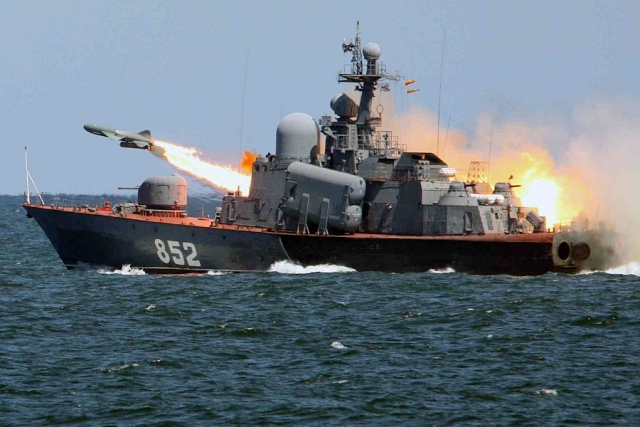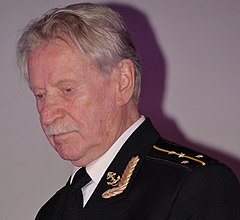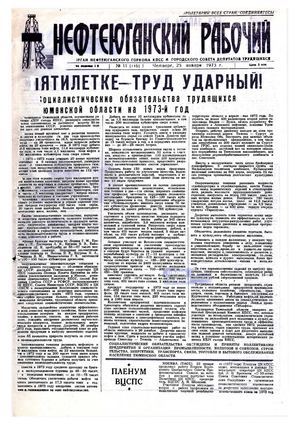
Ships and naval systems at the Army 2018 forum
Export corvette of the PS-500 project.
The Army Forum, which has been organized in Russia since 2014, is primarily an opportunity to present equipment for the ground forces. But there is an aviation exhibition: some of the helicopters can be seen at the main exhibition site in the Patriot park near Moscow, the aircraft are presented at the airfield in neighboring Kubinka, and above the training ground in Alabino. The presentation of the achievements and proposals of the shipbuilding industry is a big problem.
Formally, army shows are also held in other cities of Russia, as well as in St. Petersburg, Vladivostok and Severomorsk, that is, at the bases of the Navy (Navy), but the “weight” of these shows is much less than that of the central event. Despite this, the achievements of the shipbuilding industry were also presented in the vast halls of the Patriot. Last year, a separate hall with the logo of the shipbuilding holding - USC (United Shipbuilding Company) was used for this. It presented only models of ships, and some samples of their weapons and equipment were exhibited at other stands.
Ships of the main classes
For the sake of order, let's start with the concept of the largest ships. Once again they showed the model of an aircraft carrier. This time it will be a "light multitasking block".
with a displacement of only 44 tons (the previous one was 000 tons). Compared to the previous configuration, the changes are significant: two superstructures similar to HMS Queen Elizabeth were abandoned, the outlines of the flight deck were simplified, which is almost symmetrical, and an extended position for aircraft next to the superstructure was installed to "counterweight" the inclined landing deck.
In one version of the project, it is even possible to roll planes behind you. Therefore, the dimensions of the deck are unusual - 304 × 78 m (in the previous incarnation - 330 × 42). The hangars will accommodate 46 aircraft and helicopters (previously - 65). They are being replaced by Su-33s (now being decommissioned, so they won’t see a new ship for sure), MiG-29KR and Ka-27, but in the end it will be slightly larger Su-57K and Ka-40. The question of airborne long-range radar detection aircraft remains open, since at present they are not even being designed in Russia. In addition, the vision of using large unmanned aerial vehicles is rather abstract in the context of the lack of experience with ground-based homing vehicles of a similar size.
The concept of an aircraft carrier is a perfect example of the interdependence of development work carried out in the interests of various customers. However, the most important thing for the future Russian aircraft carrier is different: this is the proposal of St. Petersburg. Krylov, that is, a research institution. It is not approved by any of the well-known design bureaus, nor by any of the major shipyards. This means that in the case of genuine interest (and funding) from the RF Ministry of Defense, such a ship would first have to be designed, then a network of cooperators would be organized, and then construction would begin. In addition, none of the Russian shipyards is currently able to build such a large and complex vessel. This view is supported, for example, by the continuing problems of the new generation of much smaller nuclear-powered icebreakers. Therefore, huge and labor-intensive investments in infrastructure will be required to start construction. A fairly large dry dock (480 × 114 m) has just begun to be built at the Zvezda shipyard (Bolshoy Kamen, Primorsky Krai in the Far East), but officially it should work exclusively for oil workers. So if the decision to build was made today, then the ship would enter service in a dozen or two years, and it would not change the balance of power in the oceans alone.
The second concept comes from the same source, i.e. Kryłów is a Project 23560 Lider large destroyer, named Szkwał this year. Also in his case, all the reservations regarding the mentioned aircraft carrier can be repeated, with the only difference being that a ship of this size could be built using the existing shipbuilding capacities. However, units of this class would have to be mass-produced - if WMF wanted to at least recreate the Soviet potential of the late 80s, at least a dozen of them would have to be built. By
under today's restrictions, it would take about 100 years, which makes the whole plan absurd. The ship will be huge (displacement 18 tons, length 000 m) - twice as large as the Soviet destroyers of the 200 Sarych project, even more than the cruisers of the 956 Atlant project. Its silhouette will resemble heavy nuclear cruisers of the Orlan project of 1164. Also, the location of the weapons would be similar, but the number of missiles ready for use would be greater: 1144 anti-ship missiles against 70 and 20 anti-aircraft guns against 128. Of course, the ship intended for export would have a conventional propulsion system, and for the Russian version, a nuclear one (which would further lengthen possible construction time and increase its cost).
Interestingly, one of the booths featured an (unnamed) design for a ship of similar dimensions, but with a much more robust look. It belongs to the Soviet models of the 80s, for example, 1165 and 1293 - it has relatively small and “clean” superstructures and a powerful battery of rocket launchers placed vertically in the hull.
Another concept is the Russian Mistral, that is, the Priboy landing craft with a displacement of 23 tons. It will carry 000 barges with a carrying capacity of 6 tons, 45 landing craft, 6 helicopters, 12 tanks, 10 transporters and up to 50 landing troops. Its design and equipment would be simpler than that of the Leader, but WMF ships of this class are just as unnecessary now as the French Mistrals were a few years ago. If a long-term and very expensive program of comprehensive fleet expansion were launched, landing craft of this size would still not be a priority. Instead, the Russians are already testing certain types of merchant ships as amphibious logistics units, as has been proven, for example, by the large Vostok-900 maneuvers. Despite this, it is still officially stated that the St. Petersburg Northern Shipyard should build two dock ships with a displacement of more than 2018 tons by 2026.
OSK's offer still has large ships, destroyers and frigates based on Soviet designs from the 80s, the chances of finding foreign buyers for them are zero, and WMF prefers to invest in more modern units. One way or another, resuming their production in the face of the loss of numerous cooperators from the times of the USSR would not be easy or cheap. However, it is worth even mentioning these proposals. The project 21956 destroyer from Severnovo belongs to project 956 in terms of GDP, has a similar displacement - 7700 tons versus 7900 tons. However, it should be driven by gas turbine units with a capacity of 54 kW, and not steam turbines, its armament would be almost identical, only a gun of caliber 000mm will be single-barreled, not double-barreled. Project 130 "Corsair" with a displacement of 11541 tons from Zelonodolsk is another version of the project 4500 "Yastrib" with modular weapons. Ships of both projects have been proposed for years - without success.

